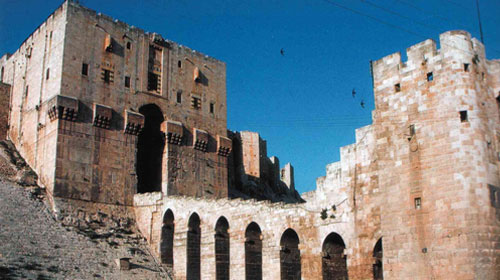Although canon law did not apply to non-Christian populations, that attitude changed when Europe came into greater contact with Muslims. The reason is explained by James Brundage:
European Jewry had furnished the model upon which early canonists had formed their views about the legal relationship between non-Christians and canon law. Jewish populations, however, tended to be relatively small, stable (save when one ruler or another decided to expel them from his territories), and peaceful. They certainly posed no military threat to Christian rulers and only an occasional fanatic could seriously maintain that they menaced the Christian religious establishment.This interaction with the Muslim world caused canonists to re-examine the self-imposed limits of canon law and its application to non-Christians, especially when it came to whether it was proper for Christians to conquer and take Muslim territory. This may seem an odd concern to the modern reader, but remember that this was a time when ownership of property was not open to everyone. If Muslims fell into a category that was not allowed property—such as slaves or minors—then taking their lands was not an issue.
Muslims in the Mediterranean basin and pagans along Latin Christendom's eastern frontiers, however, were an altogether different matter. Many Christians considered them a serious threat to Christianity's goal of converting the world... . [Medieval Canon Law, p.163]
In the 13th century, Pope Innocent IV (c.1195-1254; pope from 1243 until his death) declared that ownership of property was a human right, as part of the natural law established by God. He also declared, however, that although non-Christians may not be part of Christ's church, they were still part of Christ's flock, and therefore they should fall under the rule of Christ's vicar on Earth. (Innocent even sent a message to Güyük Khan, "Emperor of the Tartars" (c.1206-1248), to tell the Mongol ruler to convert to Christianity and stop fighting Europeans. The response from the Khan was that European rulers should submit to his rule.)
This view of the popes prevailed, reaching a peak in 1302 with Boniface VIII's papal bull, Unam Sanctam. For the next several centuries, Christian rulers had the license they needed to attack non-Christians and take their lands.











.jpg)